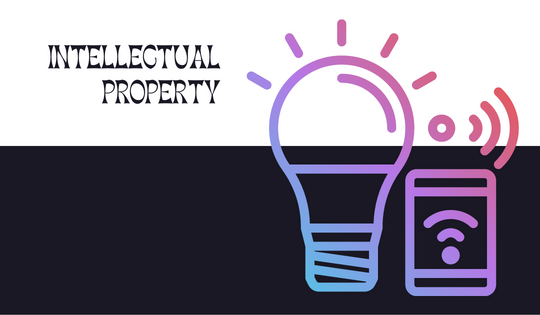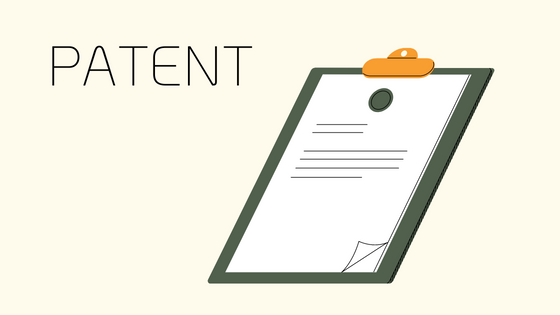The Importance Of Working With A Professional Window Tinting Service in New York
Window tinting is an essential investment for vehicle owners in New York, offering numerous benefits such as privacy, safety, and energy efficiency. However, it is crucial to be aware of the local laws governing window tinting and work only with a professional service to ensure that your vehicle’s window tint complies with these regulations. Let’s explore the importance of working with a professional window tinting service in New York and the benefits it offers.
Understanding New York Window Tinting Laws
New York State Vehicle and Traffic Law stipulates that the front windshield and front side windows must allow at least 70% of light to pass through. The rear side windows and rear windshield can be tinted to any degree, provided the vehicle has side mirrors on both sides. Non-compliance with these laws can result in fines, penalties, and even vehicle impoundment.
Benefits of Working with a Professional Window Tinting Service
Expertise and Compliance
A professional window tinting service has the expertise and knowledge to ensure that your vehicle’s window tint complies with New York laws. They are familiar with the regulations and can guide you on the appropriate level of tinting for your vehicle. This ensures that you avoid any legal repercussions while enjoying the benefits of window tinting.
Quality Materials and Installation
Professional window tinting services use high-quality materials that offer maximum UV protection and heat reduction. They also have the necessary tools and skills to ensure a flawless installation, preventing issues such as bubbling, peeling, or fading. This results in a durable and long-lasting window tint that enhances the appearance and functionality of your vehicle.

Warranty and Support
Reputable window tinting services often provide a warranty for their work, ensuring that you are covered in case of any issues or defects. They also offer after-sales support, addressing any concerns or questions you may have regarding the maintenance and care of your window tint.
Time and Cost Efficiency
Attempting to tint your vehicle’s windows yourself can be time-consuming and may result in subpar results. A professional window tinting service can complete the job efficiently and with precision, saving you time and potentially costly mistakes. Additionally, they can help you select the right type of tint for your needs and budget, ensuring that you get the best value for your investment.
Do Your Research
Before you get your windows tinted, it’s important to do your research. Find out what types of tints are available and which ones are best for your situation. There are good window tinting blogs where you can find much more information about window tinting.
New York Window Tinting is one such blog, which provides information about the right tint to choose, reviews of some of the best New York windows tinting providers and info on how New York window tint regulation works.
Conclusion
Working with a professional window tinting service is crucial to ensure that your vehicle’s window tint complies with New York laws. By choosing a reputable and experienced service provider, you can enjoy the numerous benefits of window tinting while avoiding any legal issues. Invest in a professional window tinting service to enhance your vehicle’s appearance, privacy, and safety while adhering to local regulations.











